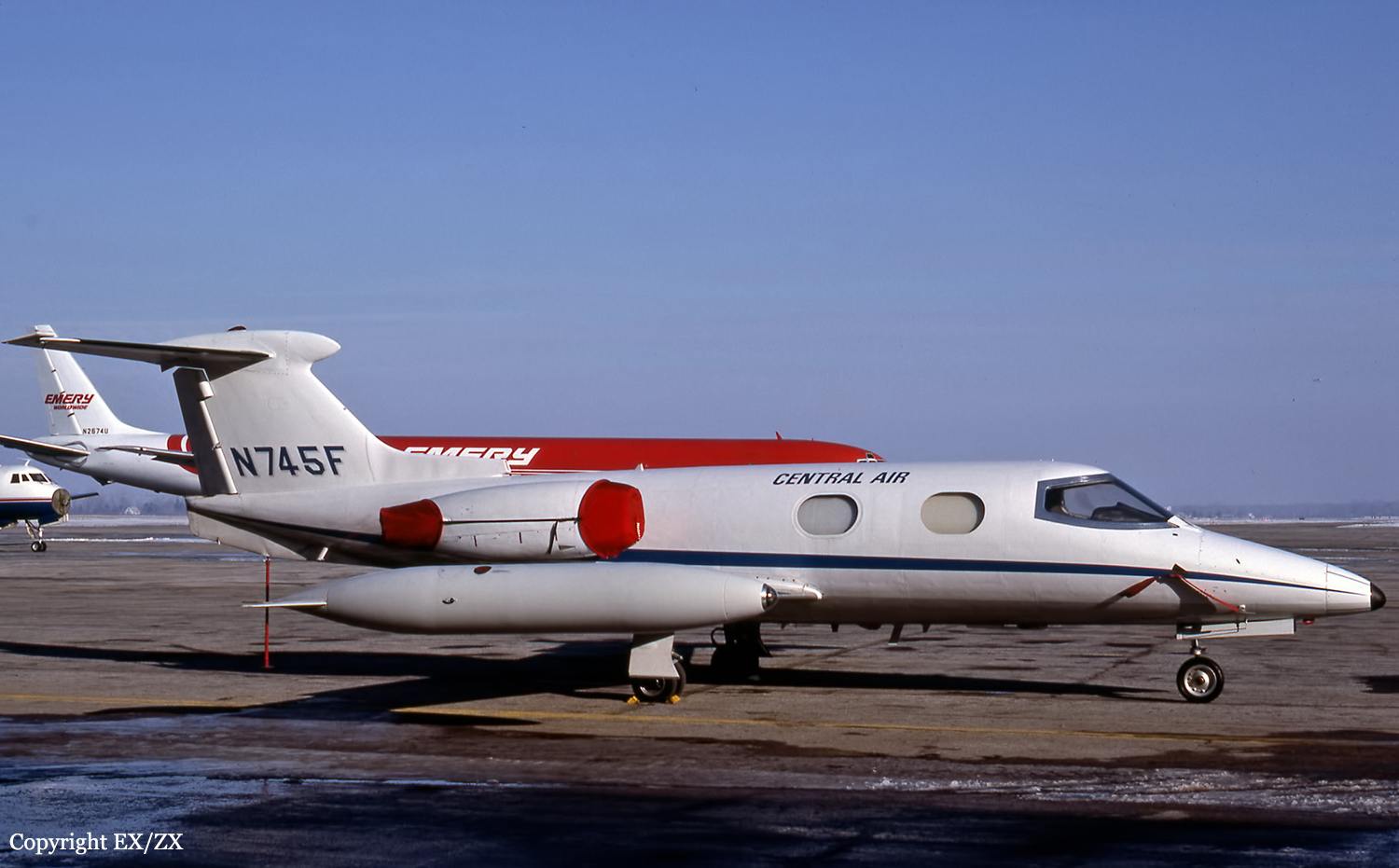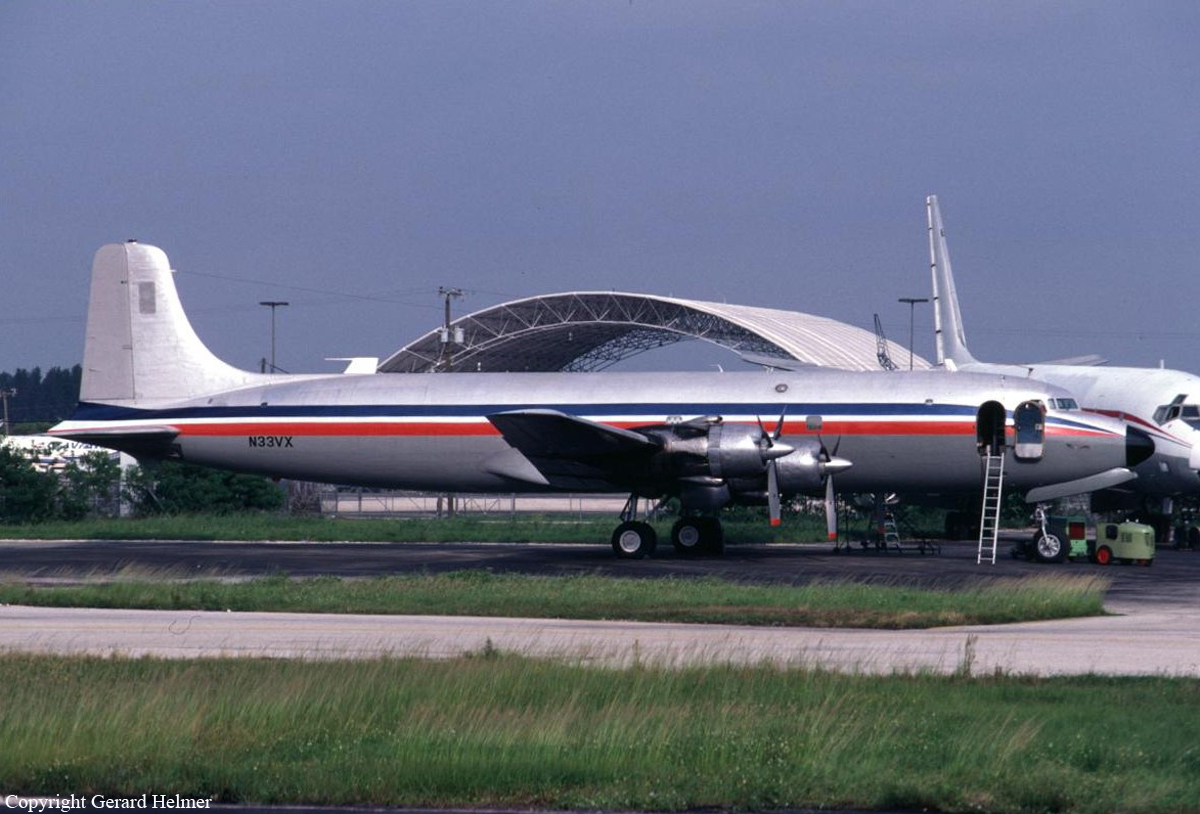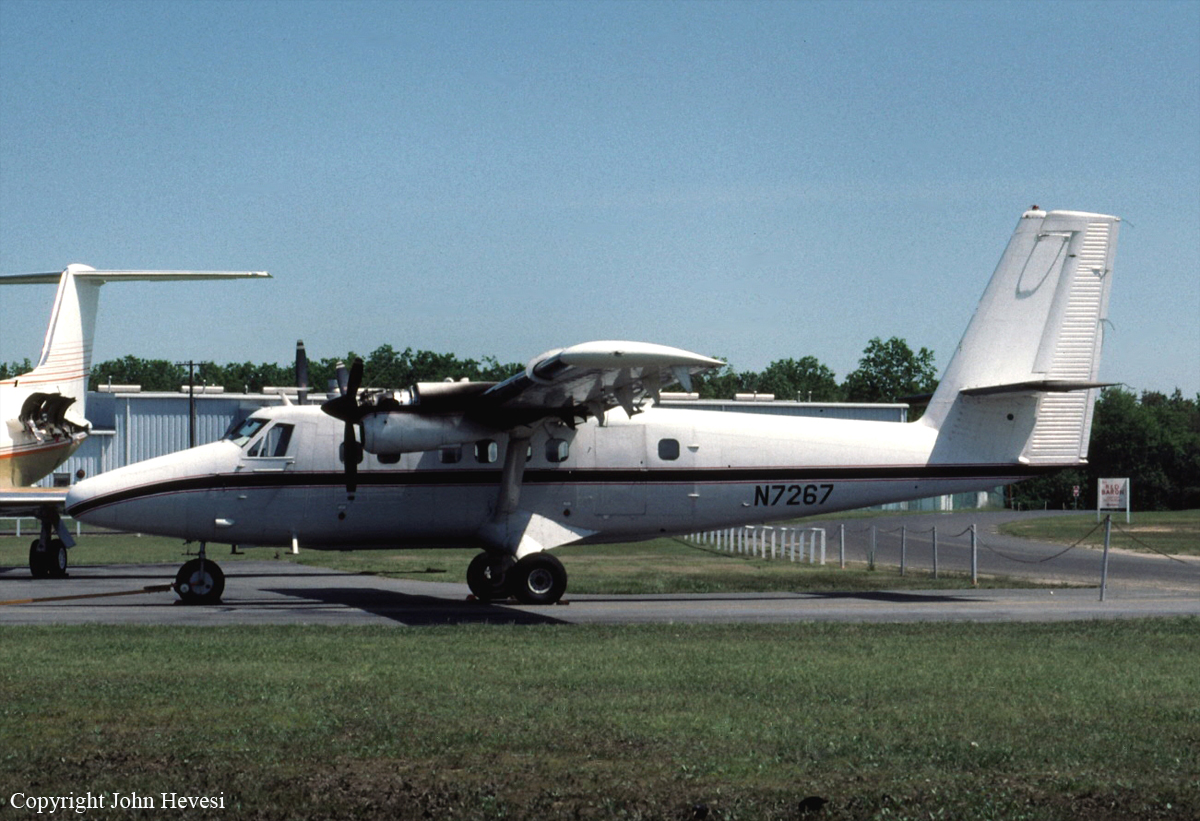Crash of a Beechcraft 60 Duke in Pageland: 3 killed
Date & Time:
Aug 16, 1988 at 0735 LT
Registration:
N21TP
Survivors:
No
Schedule:
Rock Hill – Pageland
MSN:
P-114
YOM:
1970
Crew on board:
1
Crew fatalities:
Pax on board:
2
Pax fatalities:
Other fatalities:
Total fatalities:
3
Aircraft flight hours:
3833
Circumstances:
The airplane was observed to approach the airport from the northwest. As it crossed the northeast end of the runway, it initiated a right turn to cross the runway about the midpoint to a position for a left downwind for landing on runway 5. Its altitude was estimated to be about 200-300 feet above the ground and the landing gear was down. The witness did not observe the airplane further. It collided with the ground about 0.4 miles from the threshold. The morning sun was about 10° above the horizon and was about 33° to the right of the runway centerline. It would have been in the pilot's face during his flight from the last departure point. The landing runway sloped upward from the landing threshold. The lower-than-normal traffic pattern, the sun's position in relation to the airplane flight path, and the runway slope could have caused the pilot to perceive his altitude as being higher than it actually was. All three occupants were killed.
Probable cause:
Occurrence #1: in flight collision with terrain/water
Phase of operation: approach - vfr pattern - base leg/base to final
Findings
1. (f) light condition - sunglare
2. (f) terrain condition - uphill
3. (c) proper altitude - misjudged - pilot in command
4. (c) clearance - not maintained - pilot in command
5. (f) visual/aural detection - pilot in command
Phase of operation: approach - vfr pattern - base leg/base to final
Findings
1. (f) light condition - sunglare
2. (f) terrain condition - uphill
3. (c) proper altitude - misjudged - pilot in command
4. (c) clearance - not maintained - pilot in command
5. (f) visual/aural detection - pilot in command
Final Report:





